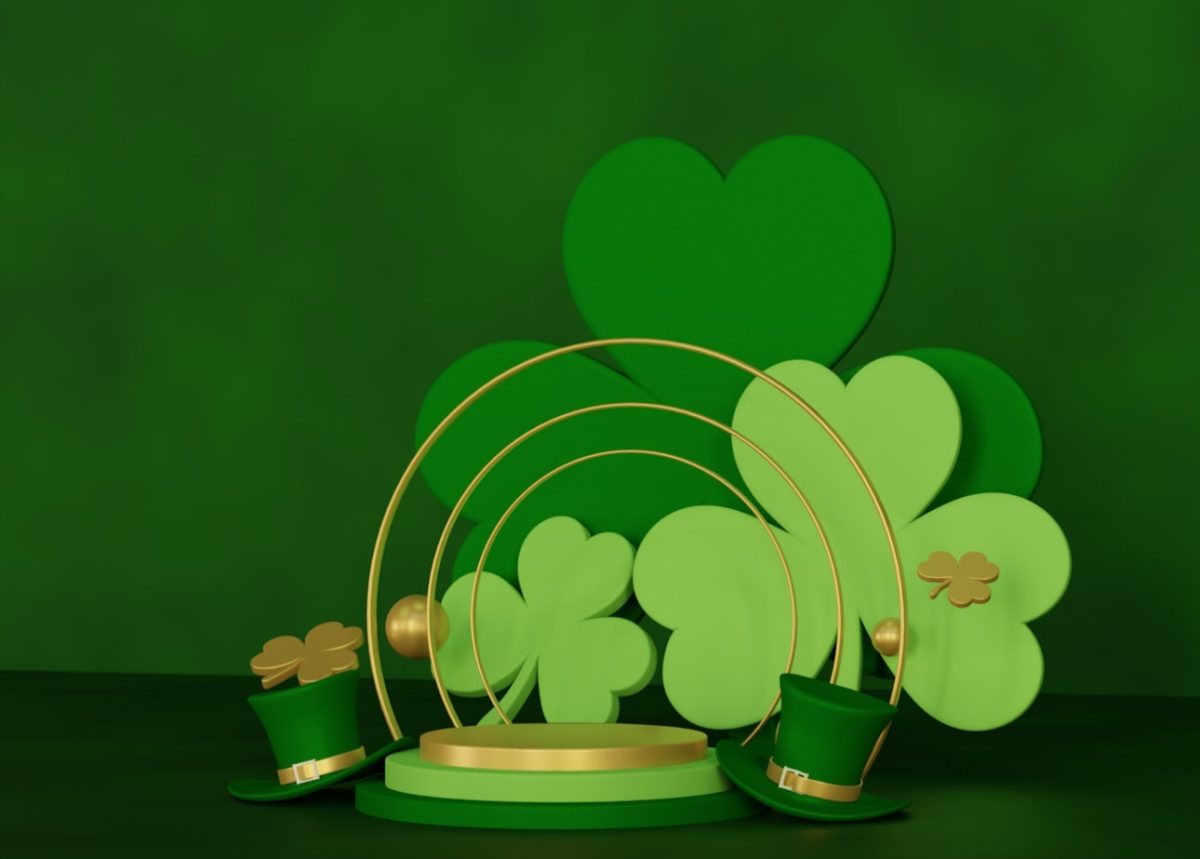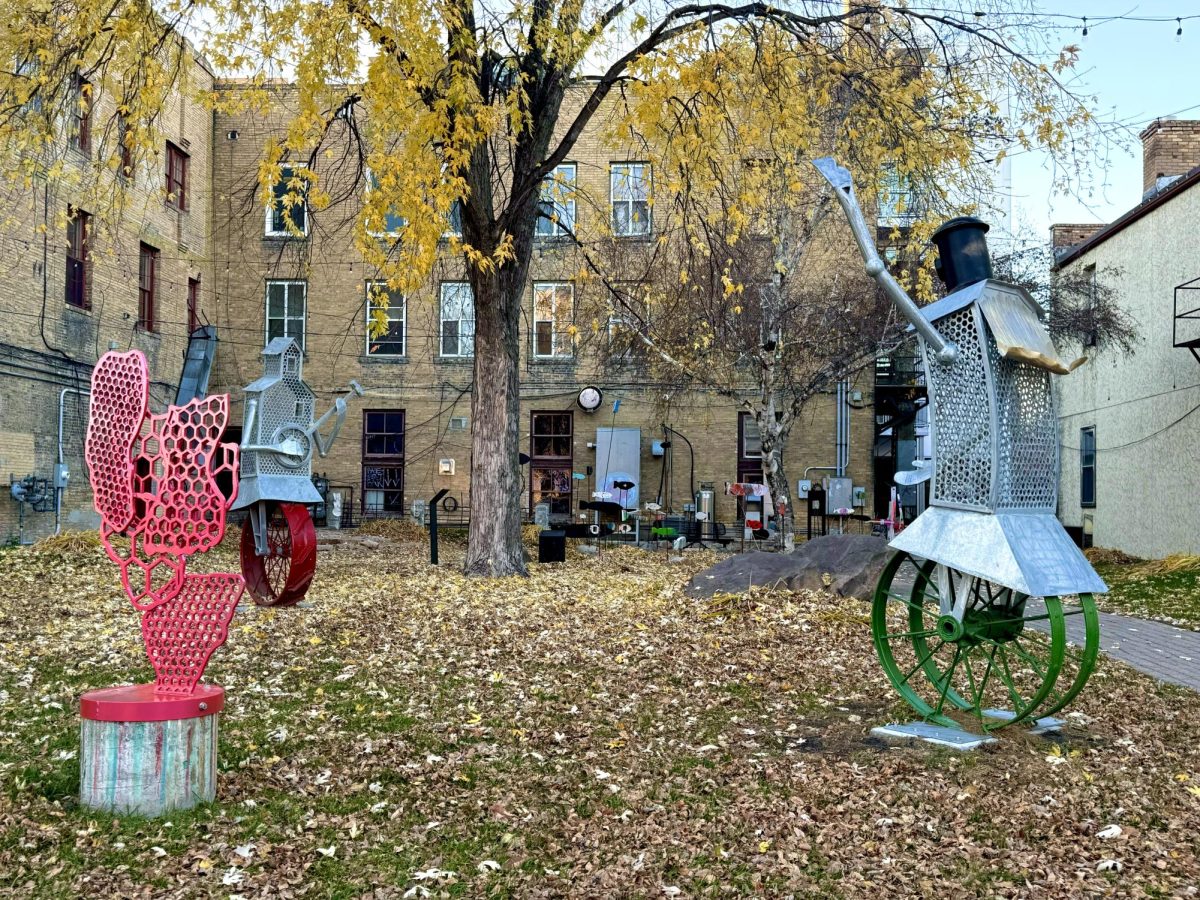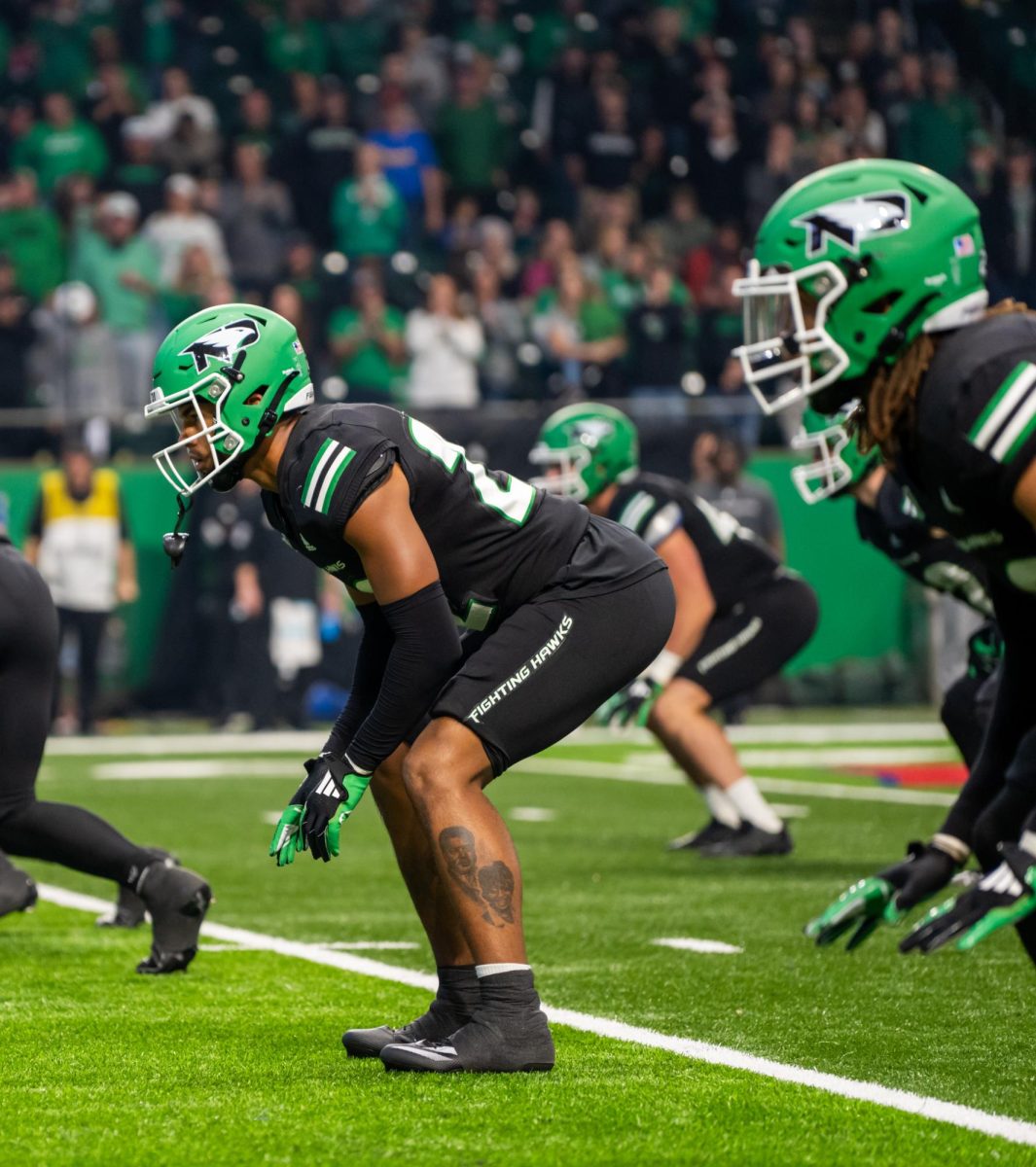Sunday, March 17 was St. Patrick’s Day, and hopefully, those who celebrated have recovered by now. Whether you are Irish or not, most can appreciate the excuse to enjoy some Guiness or Jameson with friends. St. Patrick’s Day is a beloved holiday celebrated in over 200 countries, according to a 2024 World Population Review report. Though a feast day in honor of the saint was not officially sanctioned and recorded until the seventeenth century, it is speculated that the people of Ireland have observed the anniversary of Saint Patrick’s death as far back as the ninth century according to History.com. How has this holiday evolved since then, and who was Saint Patrick?
For starters, Patrick was not Irish. He was born in Romanized Britain, then captured and enslaved by Irish raiders at the age of 16 according to Britannica.com. As the story goes, his name was originally Maewyn Succat. His captors brought him to Ireland where he herded livestock until he eventually escaped or was released. He returned to England, became a missionary, and then set off for Ireland to convert the Druid culture to Christianity. There is still much scholarly debate on the details of Patrick’s life. The legends of him, for example, illustrating the Holy Trinity with a shamrock or his divine ability to drive the snakes out of Ireland, cannot be proven. Nevertheless, Saint Patrick can certainly be credited with having a considerable influence on Ireland during his time there; enough so that he was named the country’s patron saint.
Long since converted from a religious feast to a day of partying, today Irish traditions are a major attraction for tourists from all over the world. Festivals, parades, or concerts can be found in every city on the island honoring their Saint. Though tourism has seen a dip since the pandemic, Dublin alone receives thousands of visitors for the festivities according to LonelyPlanet.com. Thanks to Irish immigrants, the celebration has spread across the globe.
Boston is one of the oldest cities in America, and to this day, has a large Irish population. The first St. Patrick’s Day parade held there was in 1737. New York City followed suit in 1762 with a parade of their own according to Britannica.com. As Irish immigrants spread west, so did the traditions. Soon, St. Patrick’s Day became a celebration of all things Irish. As the world became more broadly aware of the Troubles of Ireland, observing their traditions became a way to stand in solidarity with the suffering people of Ireland. In 1962, city officials dyed a section of the Chicago River green for the occasion. Since then, Chicago has had a green river every year for St. Patrick’s Day according to NPR.com. Even Grand Forks gets in on the action with a pub crawl quaintly named “The Leprechaun Loop.” The brave beer-lovers of Grand Forks have successfully navigated the crawl for sixteen years running, making it veritably at this point, a beloved tradition for some.
The fact that a holiday that began to honor a missionary has now evolved and spread into a worldwide party on March 17 is proof of one thing for sure; the Irish know how to have fun.
Quindelynne Davis is a Dakota Student General Reporter. She can be reached at [email protected].














